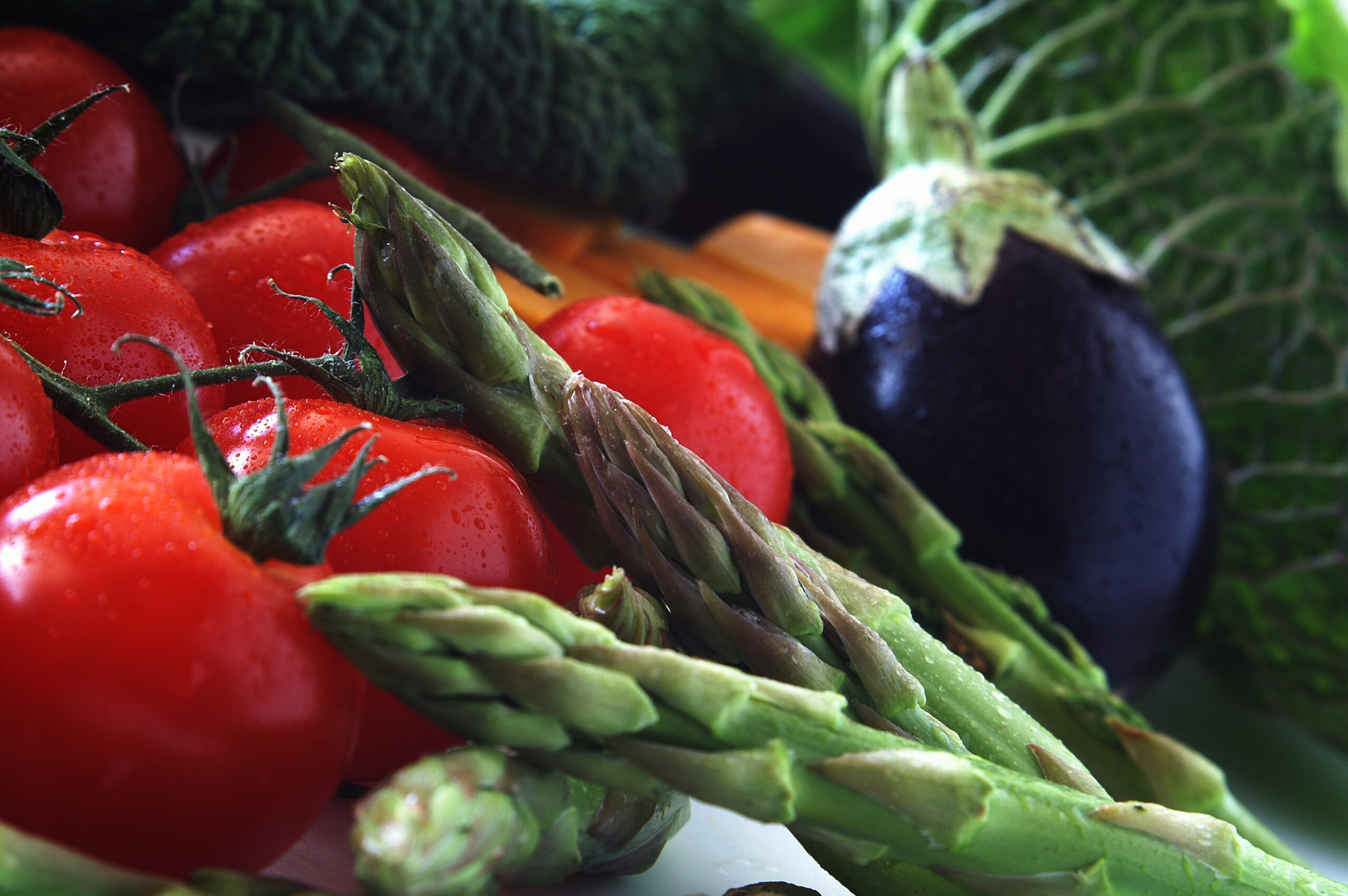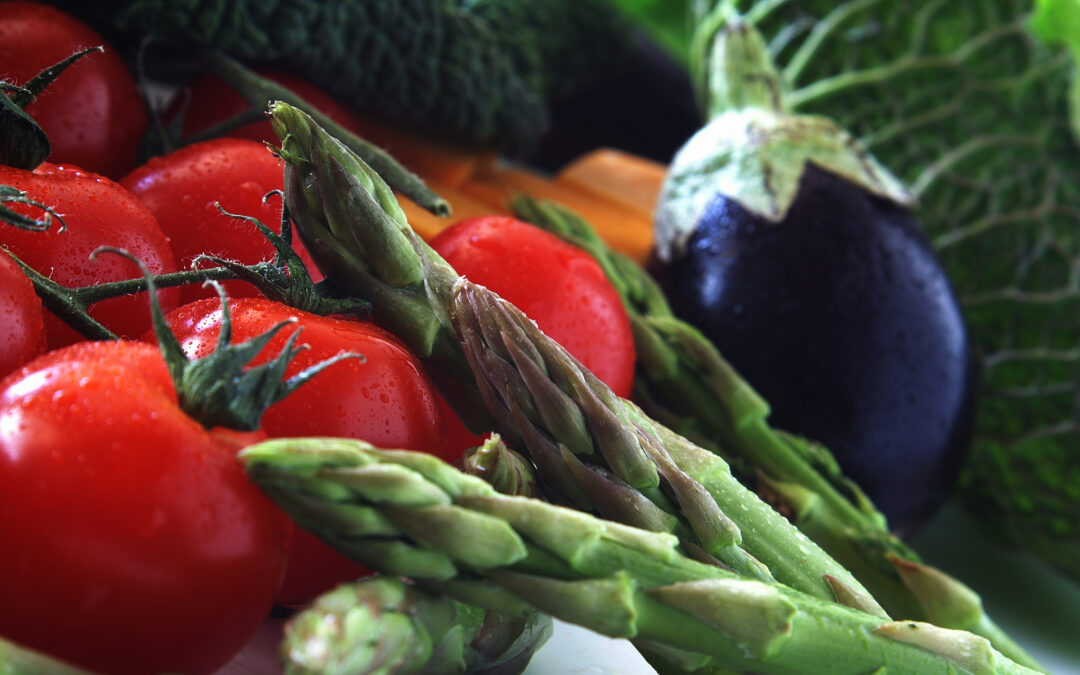Growing your own produce at home is not only a great way to save money, but it’s also an excellent opportunity to enjoy fresh and healthy food that you know has been grown with care. Raised bed gardening is one of the most popular methods for growing vegetables and fruits at home because it allows you to have more control over the soil and plant growth. In this article, we will cover everything you need to know about raised bed gardening so you can start your own home farm.
Introduction to Raised Bed Gardening
A raised bed garden is a plot of land that is elevated above ground level and typically surrounded by wooden boards or other materials. The purpose of raising the beds is to create better drainage, improve soil quality, and make it easier to tend to the plants. Raised beds are perfect for small spaces such as balconies, patios, and rooftops, and they allow you to grow crops even if you don’t have access to large plots of land.
Choosing the Right Location for Your Home Farm
When choosing the location for your raised bed garden, there are several factors to consider. Firstly, select an area that receives plenty of sunlight throughout the day. Most vegetables and fruits require at least six hours of direct sunlight per day to thrive. Secondly, choose a spot that is close to a water source, either a hose or a spigot. Finally, pick a location that is easily accessible so you can tend to your plants without difficulty.
Building and Maintaining Your Raised Beds
To build a raised bed garden, you will need lumber, soil, and some basic tools like shovels, rakes, and hoes. Start by measuring out the dimensions of your desired raised bed and marking off the area with string or stakes. Next, lay down a layer of landscape fabric to prevent weeds from growing through the bottom of the bed. Then, add a layer of gravel or rocks to help with drainage, followed by a thick layer of high-quality potting soil. Finally, place your plants in the bed and water them thoroughly.
Soil Preparation and Fertilization Tips
The key to success in raised bed gardening is having good soil. Before adding any plants to your raised bed, prepare the soil by mixing in compost, manure, or other organic matter to enrich the nutrients. It’s essential to use a high-quality fertilizer when growing vegetables and fruits, so look for products specifically formulated for edible gardens. Apply fertilizer according to package instructions, usually once every two weeks during the growing season.
Plant Selection and Care Instructions
When selecting plants for your raised bed garden, choose varieties that are well suited to your climate and growing conditions. Consider planting lettuce, spinach, radishes, carrots, tomatoes, peppers, herbs, and other easy-to-grow crops. Once your plants are established, keep them well watered and fed, and remove any dead leaves or flowers promptly. If you notice signs of disease or insect damage, take action immediately to avoid further harm to your plants.
Common Pests and Diseases to Watch Out For
Insects and diseases are common problems faced by many gardeners. Some of the most frequent pests include slugs, snails, aphids, mites, and whiteflies. To combat these pests, use natural remedies like neem oil, garlic spray, or companion planting. Common diseases include powdery mildew, blossom end rot, and verticillium wilt. To prevent these issues, practice crop rotation, maintain proper spacing between plants, and prune away any damaged foliage.
Harvesting and Storing Your Homegrown Produce
Once your plants begin producing fruit or veggies, harvest them regularly to ensure optimal flavor and texture. Use scissors or shears to cut herbs, and twist or snap off ripe vegetables and fruits from their stalks or vines. Store your homegrown produce properly to extend its shelf life. For example, store leafy greens in a plastic bag in the fridge, while root vegetables like carrots and beets should be kept in a cool, dark place like a root cellar or pantry.
Troubleshooting Common Problems in Raised Bed Gardens
If you encounter any problems along the way, don’t despair! There are solutions to many common challenges faced by raised bed gardeners. For instance, if your plants aren’t getting enough light, try moving them to a sunnier spot or installing artificial lights. If you notice poor drainage, raise the height of your raised bed or install a drainage system. And if you’re struggling with pests or diseases, refer back to our earlier section on natural remedies and preventative measures.

Conclusion
Raised bed gardening is a fun and rewarding way to grow your own produce at home. By following these tips and techniques, you can create a beautiful and productive home farm that provides fresh, delicious food for you and your family. Happy gardening!





